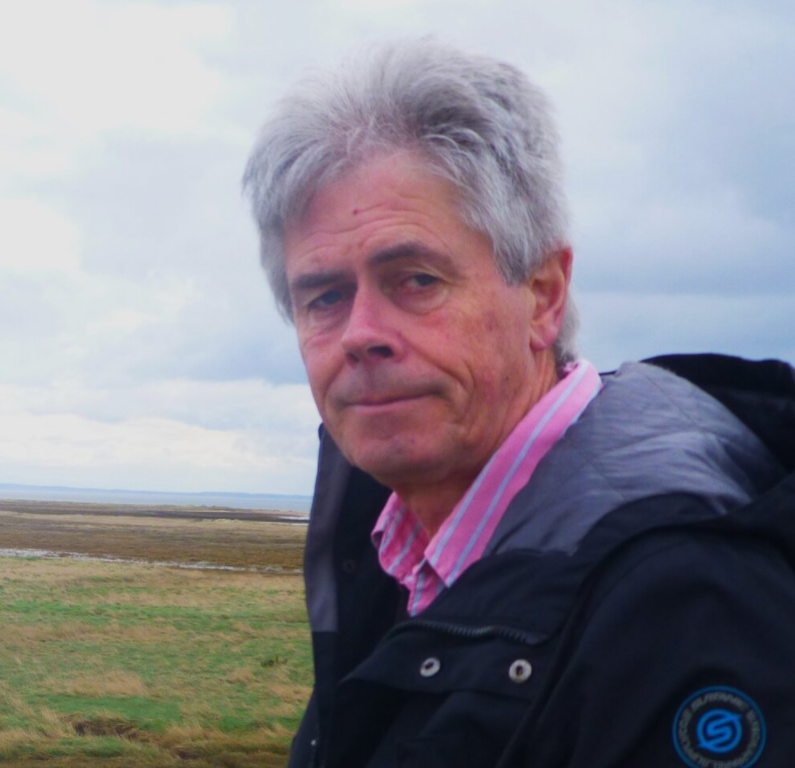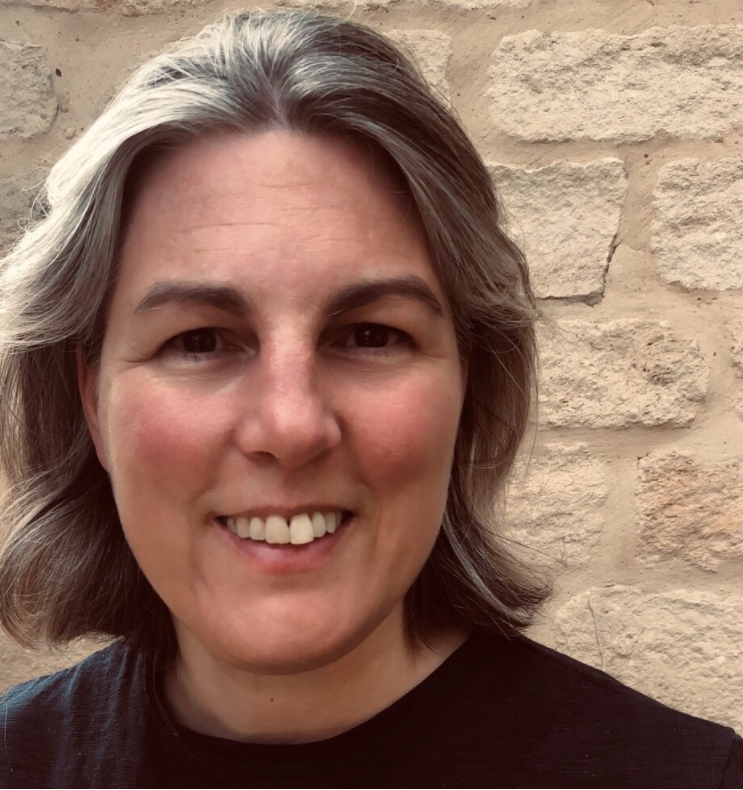John Chandler
Between Chippenham and Calne, not quite the Marlborough Downs, not quite the flat Wiltshire claylands, lies Bremhill, a large parish of scattered hamlets and farms, connected by a network of minor lanes. It has its quirks – a kind of Nelson’s column topped by a bonneted woman with a shopping basket, an eccentric vicar who wrote poems admired by Coleridge, a pub called the Dumb Post. It also has a group of enthusiastic residents who wanted to celebrate their history, and were pleased to learn that Bremhill is to be included in a forthcoming VCH Wiltshire volume. Out of all this a plan was hatched. A community history project, involving festivals, local schools, lectures and workshops, interviews and walks, and ultimately a sumptuous ‘coffee table’ book, that would try to attract lottery funding (successfully applied for and granted); and all this would take place in conjunction with the VCH research for Bremhill’s red book history, to be prepared alongside the more popular community book.
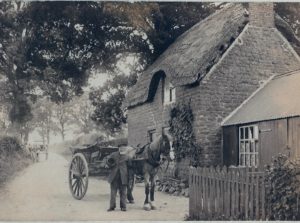
Daniel Alexander by a cottage (now demolished) in Charlcutt, Bremhill in the late 1800s.
That was over four years ago. On 11 December 2021, despite many Covid trials and tribulations, a festival was held in the village hall, the community history book was launched, and all the loose ends were drawn together. The impetus for all this was a committee of parish notables and VCH representatives, and most of the hard work was done by one researcher, historian Dr Louise Ryland-Epton, who was appointed in 2018. Assisted by a local graphic artist, John Harris, she has produced the book, organised many of the events, and written the VCH text – and has now moved on to other contracts with the VCH in Wiltshire and Gloucestershire. How did you do it, Louise, and what have you learnt?
Louise Ryland-Epton
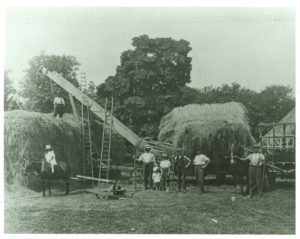
Haymaking in Bremhill in the mid-1900s.
I began working with the Bremhill Parish History Group early in 2018, with some experience of the VCH but no public history background. However, I was enthusiastic about exploring local history and seeing what was possible. The group’s objective was to research, explore, record and communicate the history of their community in a variety of accessible forms, including a book (and chapter for a VCH volume), a website, heritage trail and resources for local schools. As the project historian, I was immediately responsible for planning a book that captured the varied history of the community, and I helped create a project plan and heritage lottery fund bid that would involve as many of the community as possible. We recognised that not everyone would wish to be an active participant and planned a wide-ranging community engagement programme with something to interest everyone, from the keen local historian to those with only a passing interest.
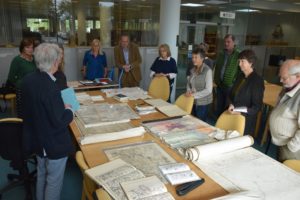
One of the local history workshops run during the Bremhill project.
Above all, the last three years have been a collaboration, and the book’s planning and broader project programme have been adaptive. It began with a survey of local households and a community meeting in the village hall to align project goals with the knowledge, interests, and views of local people. Several village coordinators were selected and provided a point of contact in each of the villages which made up the parish. The project was guided by a steering committee that included Wiltshire VCH representation which provided project management expertise and assisted in raising funds.
The creation of the book has latterly been influenced by the challenge of Covid, but much more so by the interests and skills of those in the community and the stories uncovered along the way. Its content features the research, writing and oral testimonies of those in the parish, together with insights from other historians and geophysical investigation collected as part of the project. A chapter of the book highlights the twentieth century because so many in the community wanted to know about the parish in wartime. Likewise, a section on folklore, superstition and witchcraft was not part of the book concept but necessitated by the fascinating information uncovered. It was important to me that the book should reflect the lived experience of all those who resided in the parish, not just the rich. The book was thematic and threaded through with case studies of particular people and events, from an accused witch to an agricultural labourer’s wife who influenced Charles Dickens. Like the VCH Wiltshire county volumes, the book was based on primary evidence and drafts edited by the VCH Wilts consultant editor, John Chandler.
The production of the book was only one facet of the plan. In the broader project programme, the influence of Covid was also evidenced. The project began with in-person activities, including talks and skills workshops delivered with VCH assistance. During the first lockdown, the project emphasis changed. It incorporated more regular emailed news communications, short research articles published on the project website, local heritage talks on Zoom including those by myself and several other VCH colleagues (many were uploaded to YouTube), and an online research activity examining census returns. These activities likely reached more people overall than would have been otherwise. The large-scale history festival planned for September 2020 moved online, and the book’s publication was pushed back a year. However, there was a second history festival in December 2021 that coincided with the book’s publication. It proved a joyous culmination to the project.
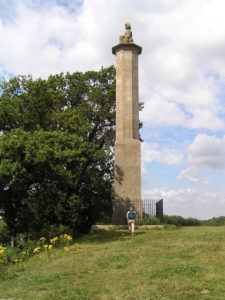
Maud Heath’s monument and statue erected in 1838 to commemorate the life of Maud Heath whose gift in 1474 provided for a causeway between Wick Hill and Chippenham.
I recognised early on that I did not have all the answers. As the project developed, I had a steep learning curve and needed to take the book and research activities in directions to which I was initially ambivalent. Covid complicated the landscape too. However, I am glad I remained open-minded, and as a project team and with the support from several VCH colleagues and other partners, we were able to adapt. Nothing beats the flexibility of approach and creative thinking born of necessity. I am happy with all the decisions made, and the collaboration has enriched the project outcomes. It has been a privilege to be immersed in the history of one place for so long, joined by so many, and produce a lasting legacy of the project through a book, website, app and more.
Read more at the VCH Wiltshire website and their webpage at the IHR.
Images supplied by John Harris of the Bremhill Parish History Group, with permission.


